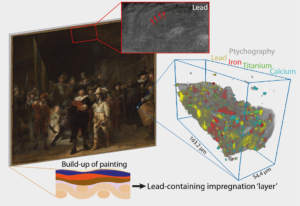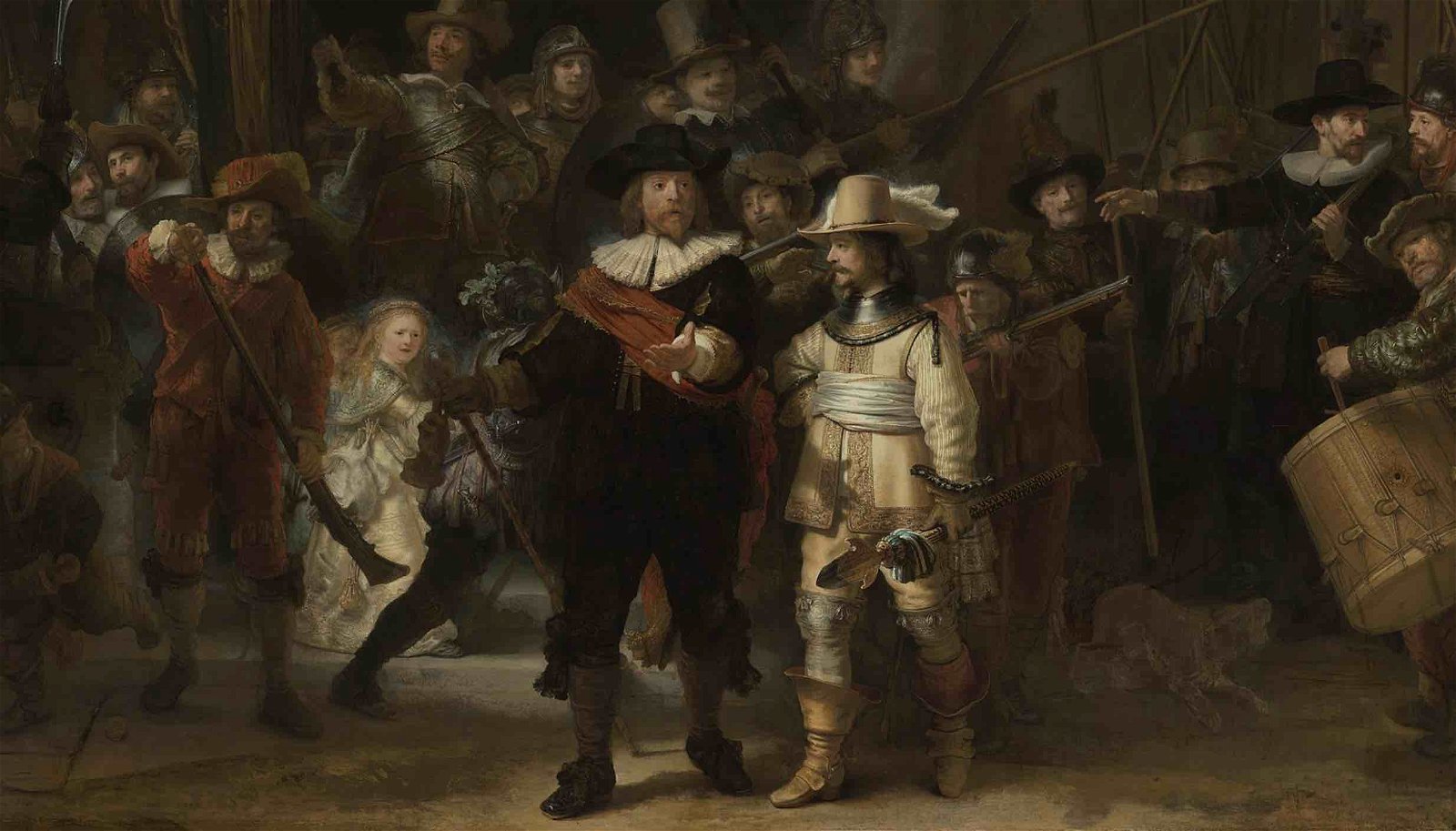Researchers studying Rembrandt’s masterpiece ‘The Night Watch’ say they have detected a previously hidden layer of lead beneath its surface.
Officially titled Militia Company of District II under the Command of Captain Frans Banninck Cocq, the 1642 piece of art is among the most well-known works of art produced by Rembrandt, so the detection of an unknown layer beneath its surface has come as a surprise to the wider art community.
Restoration And Analysis Began in 2019
According to the researchers behind the unexpected find, their work on the painting began in 2019. At that time, the project’s initial aim was to investigate how Rembrandt created the famous piece and to determine its current condition since the piece had undergone so many alterations over the nearly four centuries since it was first painted. Of course, previous studies had noted that there were numerous lead “protrusions” throughout much of the Dutch master’s painting, hinting at the possibility of the mysterious hidden layer. However, this effort was the first to use modern scientific techniques to confirm its existence.
In the press release announcing the unexpected find, project leader Fréderique T.H. Broers from the University of Amsterdam and his team explained how they made their discovery by employing “a combination of x-ray fluorescence and scattering techniques to identify and visualize sub-microscale chemical elements in the lower layers of the canvas.”
While this synchrotron-based X-ray offered clues to the hidden layer, its existence was not completely confirmed until the researchers took a small sample of the paint and analyzed it more closely. As hoped, the ptychographic tomography of the paint sample combined with the macroscale x-ray fluorescence scan of the entire artwork confirmed the existence of a previously hidden “lead-rich layer” tucked below the quart-clay ground layer of the canvas.


The Night Watch Wasn’t Meant to Portray a Nighttime Scene
An article outlining their work and discovery, which appeared in the journal Science Advances, points out that the well-known painting was not originally meant to depict a nighttime scene, belying its more well-known nickname. However, the centuries of accumulated dust and varnish to its surface changed its appearance enough to garner the painting’s now commonly accepted title.
As for why the Dutch master chose to include a layer of lead beneath the painting’s surface, the researchers say they can only speculate. “Rembrandt may have deviated from standard methods of the time,” the press release explains, “by applying lead oil to protect the painting from humidity rather than using a glue sizing layer.”
Ultimately, the researchers acknowledge that they may never know why Rembrandt included the layer of lead. Still, for anyone who wants to examine the 12-foot by 14-foot Dutch Golden Age painting depicting Cocg ordering his men to march out and protect the city for themselves, they will have to buy a ticket to Rijksmuseum in Amsterdam, where the artwork is currently on display.
Christopher Plain is a Science Fiction and Fantasy novelist and Head Science Writer at The Debrief. Follow and connect with him on X, learn about his books at plainfiction.com, or email him directly at christopher@thedebrief.org.

